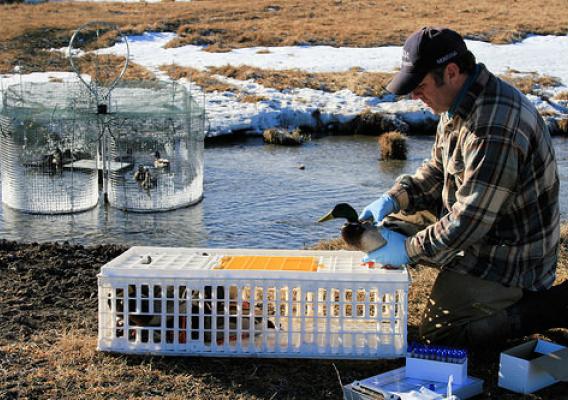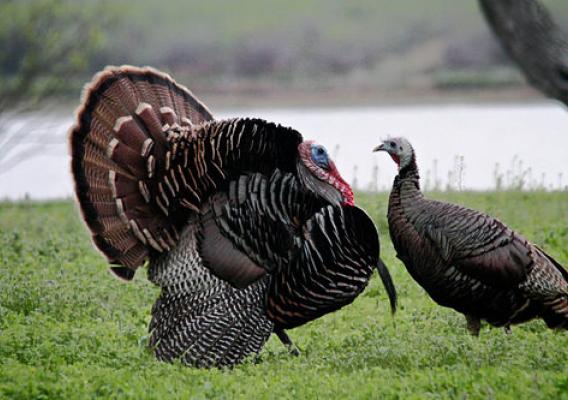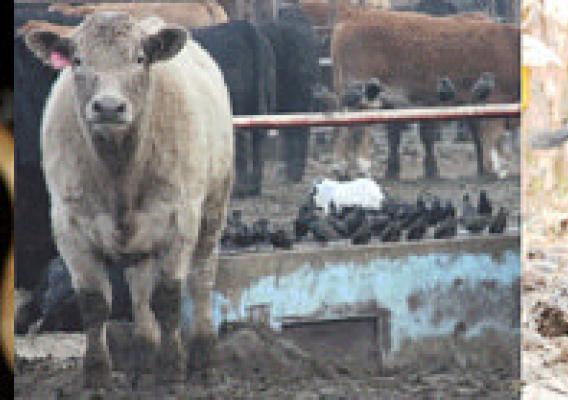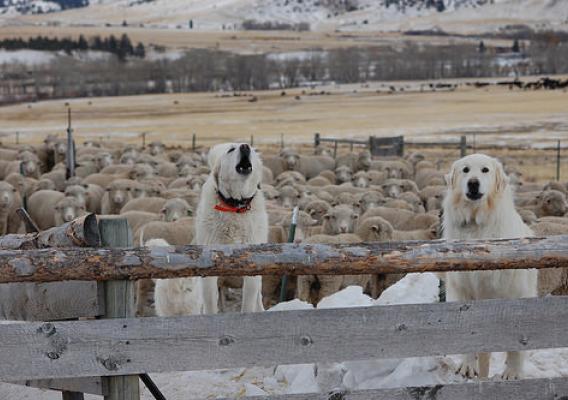All this month we will be taking a look at what a changing climate means to Agriculture. For APHIS, changes in environmental conditions will increase the likelihood of shifts in the distribution and nature of current domestic diseases, invasive species and agricultural pests. These changes will likely influence the dynamics of invasion and establishment of these diseases and pests, and therefore much of APHIS’ work. Understanding and adapting to these changes is therefore critical to meeting our mission.
Vampire bats rank high on the list of animals that scare us the most. Spooky Halloween tales of their blood-sucking, nocturnal, and secretive habits have likely led to their bad reputation. The fact that some also carry and spread the deadly rabies virus doesn’t help.
The common vampire bat feeds on the blood of Central and South American wildlife and livestock. They also sometimes bite and feed on the blood of people. Recently, vampire bats have been documented within 35 miles of the Texas border. This has caused concern and speculation about the potential movement of vampire bats to areas within the United States as a result of rising global temperatures. To gain a better understanding of the likelihood of such movement, USDA-APHIS geneticist Dr. Toni Piaggio with the Wildlife Services National Wildlife Research Center partnered with U.S. Geological Survey scientist Dr. Mark Hayes to analyze and map the potential distribution of vampire bats under various climate scenarios.










